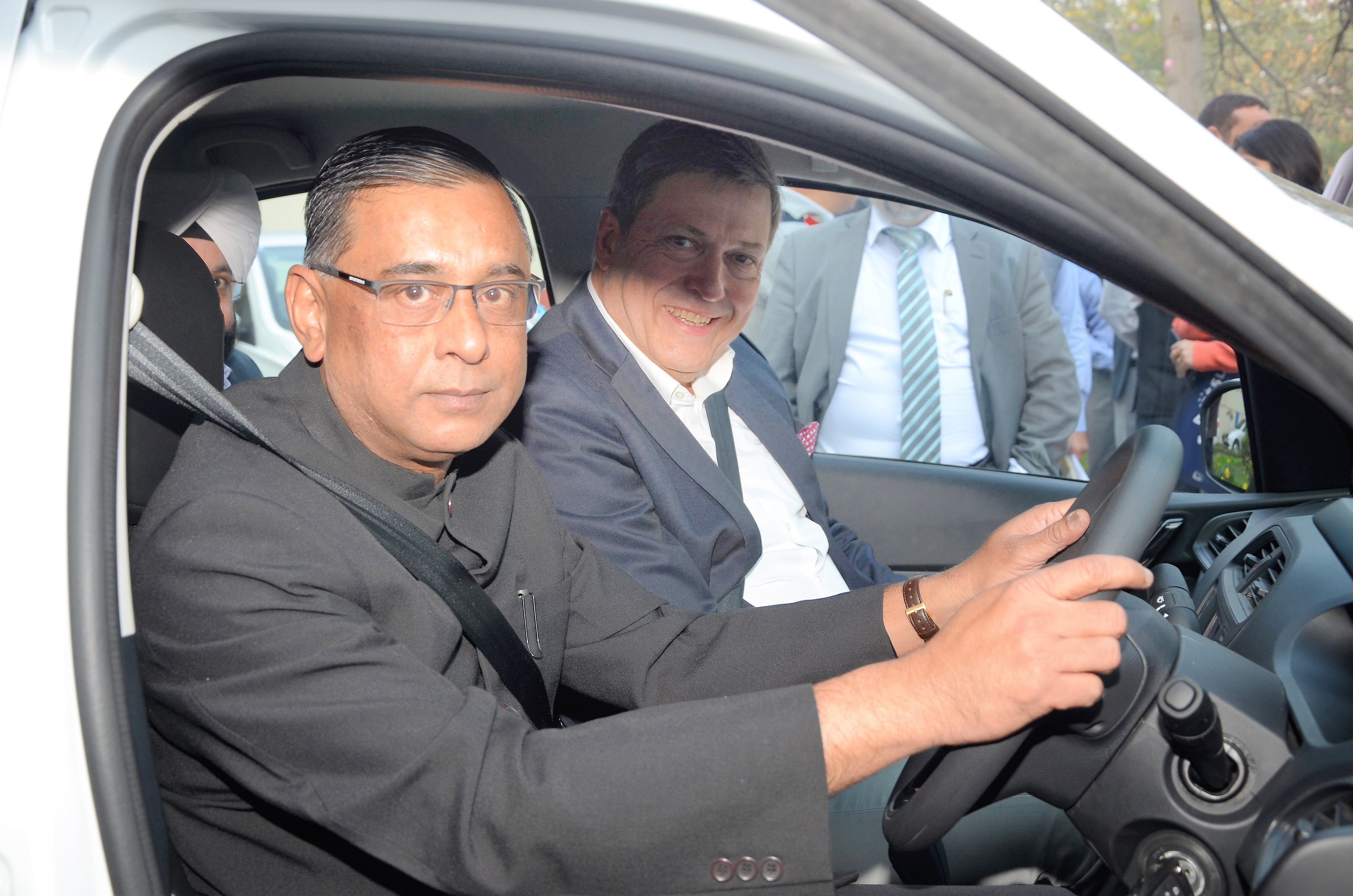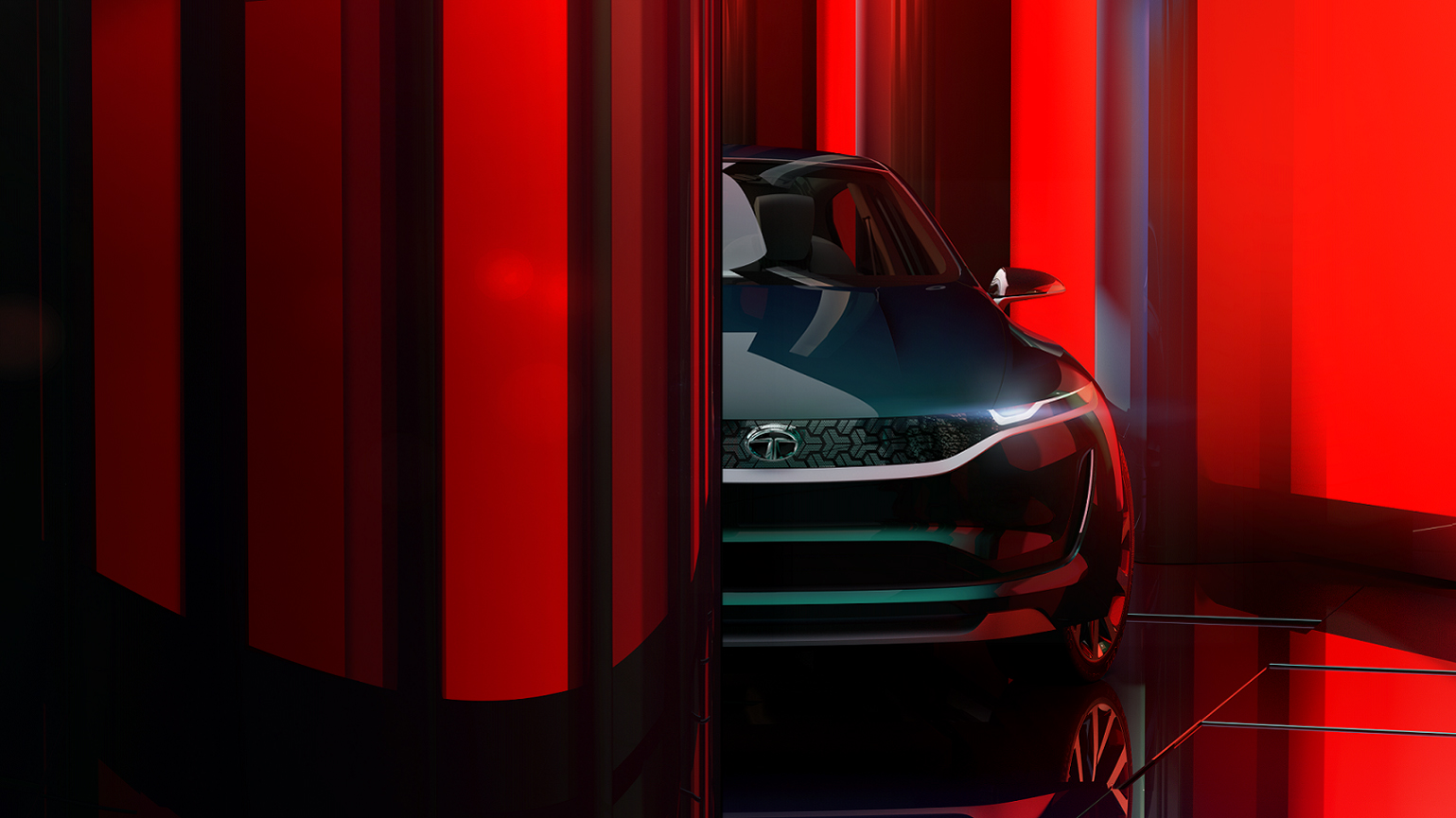
July 4, 2018, Pune
Government officials are not keen to use the EVs due to poor mileage and performance – as reported by some news media in the recent past few days. People with some knowledge of EVs will know, the above reports cannot be completely true. Reacting to the situation, Tata Motors released a statement of clarification.
The statement says – Tata Motors has delivered the most optimum performing vehicle at the given price. Tata Tigor EV design is to the specification of EESL Tender. With technical assistance from Jaguar Land Rover, Tata’s European Centre developed Tata Tigor EV. Tata Tigor EV travels about 130 km in one overnight charge. Which is more than adequate for everyday use and is well within the requirement of EESL. Along with the government, Tata Motors is committed towards the e-mobility mission by 2030. Tata Motors will work in a collaborative manner towards a sustainable future in India in a short period of time. Second phase of production is on after completion of the first batch of 250 EVs.
After the first tender of 10,000 EVs last year, EESL has announced the second tender of another 10,000 in March 2018. But, postponed till 2019 due to lack of charging system infrastructure. According to the EESL Managing Director, Saurabh Kumar, the total investment for 20,000 EV is to be ₹ 2400 crore. EESL is already committed to supply 8000 EVs to Gujarat and another 1000 to Maharashtra.
There are concerns over the travelling range and duration for a complete recharge. At present, the battery takes at least 5 hours to charge. Fast charging battery systems are developing but are not yet economical enough for projects like this. Travelling range of the EV depends on the capacity of the battery, payload, and the terrain. EVs will travel less per charge in a hilly place compared to a place with none of that. If we load the vehicle to its fullest capacity will travel less. This hold true even for vehicles with conventional fuel. Things will improve as the battery and charging systems develop, bringing the cost down. Larger the battery capacity higher the cost. To keep the cost down and yet be practical for everyday use, Tata Motors has delivered optimal performing vehicles.
Another serious concern is the environmental. After a specific period, the battery needs replacement. The cost of replacement is somewhere from ₹.300,000 upwards. Recycling the discarded batteries are not easy. Need special plants to handle the toxic and recoverable elements. This is a huge cost.
Government officials allotted with EVs are not eligible for fuel allowances. This leads to a huge saving for the government. But, this is a concern, enough for some officials to talk negative about the EVs. Though they are very few, but what they said flashed up in few medias.
Considering all the pros and cons of EVs, Tata Tigor EV is a good balance between cost and performance. Rise in popularity of EVs will accelerate the development of supportive infrastructure and make this technology more viable.
EV – Electric Vehicle | EESL – Energy Efficiency Services Limited
What is you take on this? You too can enlighten us further. Please express yourself in the comment box.






